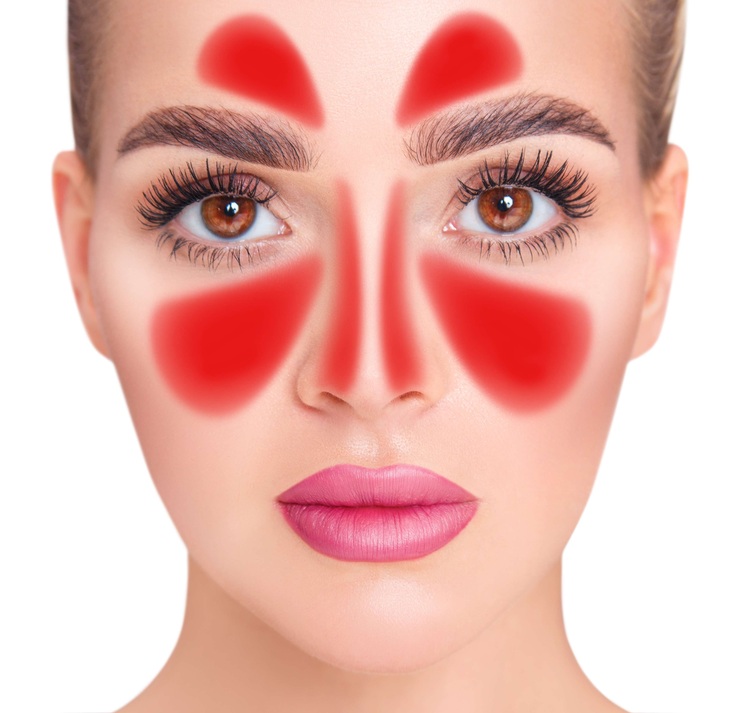The Art and Science of Contouring: Sculpting Beauty
Contouring, a makeup technique that enhances facial features through strategic shading and highlighting, has become a cornerstone of modern beauty routines. This artful application of cosmetics can dramatically alter one's appearance, creating the illusion of more defined cheekbones, a slimmer nose, or a more chiseled jawline. While contouring has gained immense popularity in recent years, particularly due to its prominence on social media platforms, its roots trace back much further in history. From stage makeup to Hollywood glamour, contouring has evolved significantly, adapting to changing beauty standards and technological advancements in cosmetic products. Today, it stands as a testament to the intricate interplay between art, science, and cultural perceptions of beauty.

During the Golden Age of Hollywood, stars like Marlene Dietrich and Marilyn Monroe became known for their perfectly contoured faces, which helped define the beauty standards of the era. These techniques, however, remained largely within the realm of professional makeup artists and were not widely accessible to the general public.
The Rise of Modern Contouring
The resurgence of contouring in mainstream beauty culture can be attributed to several factors. The advent of high-definition television and digital photography in the early 2000s created a need for more refined makeup techniques that could withstand intense scrutiny. Additionally, the rise of social media platforms, particularly Instagram and YouTube, provided a platform for makeup artists and enthusiasts to share their techniques with a global audience.
Kim Kardashian is often credited with popularizing contouring for the masses in the mid-2010s. Her makeup artist, Mario Dedivanovic, shared detailed tutorials on achieving her signature sculpted look, sparking a contouring craze that swept across the beauty industry. This led to an explosion of contouring products and tools, making the technique more accessible to everyday consumers.
The Science Behind Contouring
At its core, contouring relies on the principles of light and shadow to create the illusion of altered facial structure. By strategically applying darker shades to areas you want to recede and lighter shades to areas you want to bring forward, you can manipulate how light interacts with your face, creating the appearance of more defined features.
The effectiveness of contouring is rooted in the way our brains process visual information. Our perception of depth and dimension is largely based on how light falls on objects. By mimicking these natural light and shadow patterns, contouring can trick the eye into perceiving a different facial structure.
The choice of products and shades is crucial in achieving a natural-looking contour. Makeup artists consider factors such as skin tone, undertones, and face shape when selecting contour and highlight shades. The formulation of the products also plays a role, with cream, powder, and liquid options offering different levels of blendability and staying power.
Techniques and Tools of the Trade
Contouring techniques have evolved significantly since the days of stage makeup. Modern contouring typically involves several steps:
-
Base application: A smooth, even foundation creates the canvas for contouring.
-
Highlighting: Lighter shades are applied to high points of the face, such as the cheekbones, bridge of the nose, and center of the forehead.
-
Contouring: Darker shades are applied to areas meant to recede, such as under the cheekbones, along the jawline, and sides of the nose.
-
Blending: Perhaps the most crucial step, blending ensures a seamless transition between light and dark areas.
Tools for contouring have also become more specialized. While traditional makeup brushes are still widely used, beauty sponges, contouring sticks, and even specially designed applicators have entered the market. The choice of tool can significantly impact the final result, with different tools offering varying levels of precision and blendability.
The Cultural Impact of Contouring
The widespread adoption of contouring has had a profound impact on beauty standards and self-perception. On one hand, it has empowered individuals to experiment with their appearance and express themselves creatively through makeup. The technique has been embraced by people of all genders and has been adapted to suit a wide range of face shapes and features.
However, the prevalence of heavily contoured looks on social media has also faced criticism for promoting unrealistic beauty standards. The perfected, sculpted faces seen on Instagram and in magazines can create pressure to achieve an idealized appearance that may not be attainable or desirable for everyone.
This has led to a backlash in some quarters, with a growing movement advocating for more natural, minimalist makeup looks. Many beauty influencers and brands have begun to promote “no-makeup makeup” looks that focus on enhancing natural features rather than dramatically altering them.
The Future of Contouring
As beauty trends continue to evolve, so too does the art of contouring. Recent trends have seen a move towards more subtle, natural-looking contours that enhance rather than dramatically alter facial features. This shift reflects a broader trend in the beauty industry towards embracing individual uniqueness and promoting self-acceptance.
Technological advancements are also shaping the future of contouring. Augmented reality apps now allow users to virtually try on different contouring styles, while AI-powered tools can analyze face shape and suggest personalized contouring techniques. These innovations are making expert-level contouring more accessible to the average consumer.
The environmental impact of beauty products is another factor influencing the future of contouring. As consumers become more environmentally conscious, there is a growing demand for sustainable, eco-friendly contouring products. This has led to the development of refillable contour palettes, biodegradable packaging, and more natural, plant-based formulations.
In conclusion, contouring remains a powerful technique in the world of beauty, blending artistry and science to transform appearances. As it continues to evolve, contouring reflects broader cultural shifts in our understanding of beauty, self-expression, and individual empowerment. Whether embraced as a daily routine or reserved for special occasions, contouring has secured its place as a fascinating and enduring aspect of modern beauty culture.




